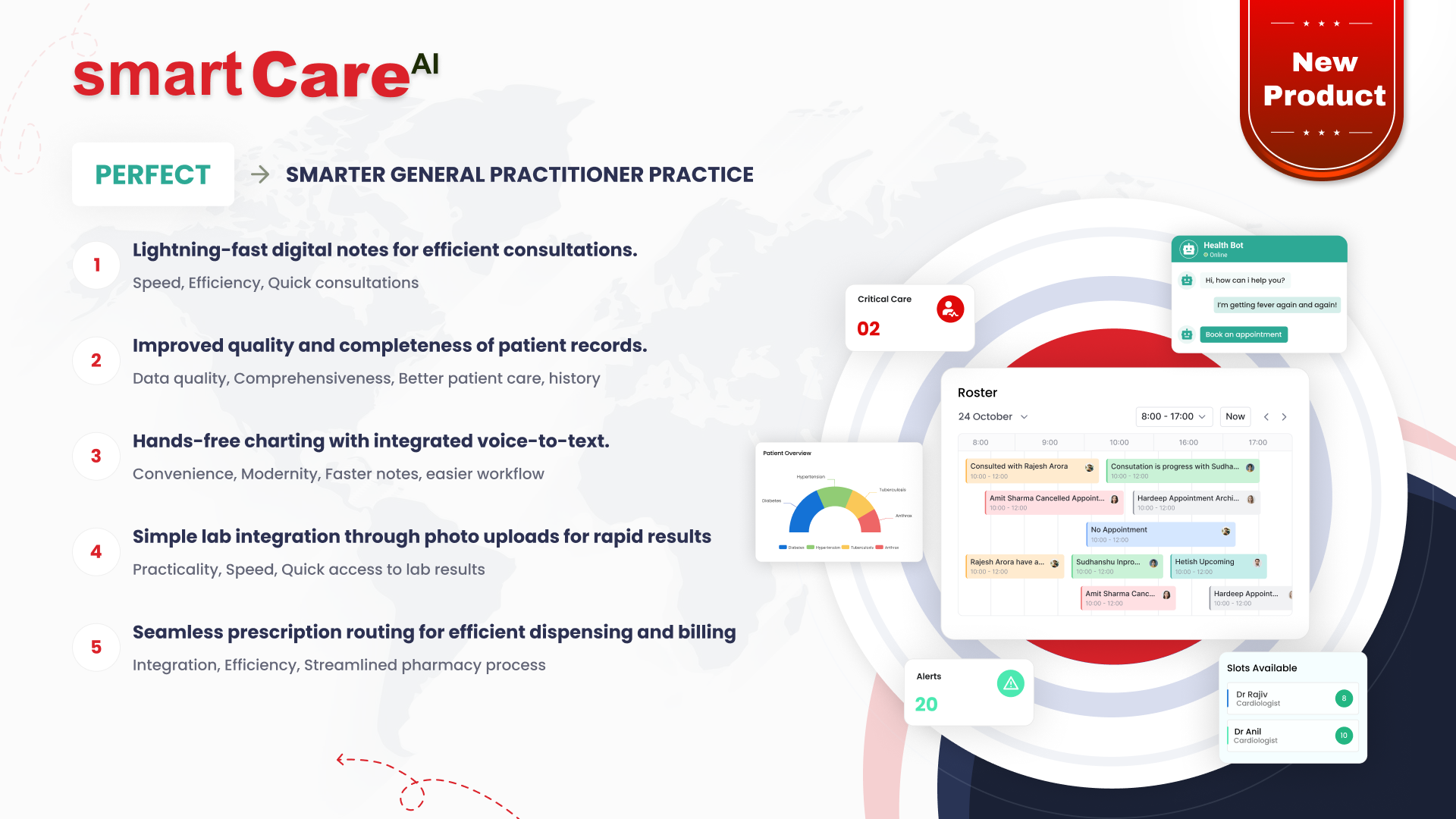
Posted On June 3, 2025
Telehealth vs Telemedicine: Which One Fits Your Practice?
Digital transformation in healthcare has introduced new ways for providers to connect with patients. Two of the most common terms often used interchangeably are telehealth and telemedicine. While they share similarities, they serve different purposes. Understanding their distinctions is key to choosing the right solution for your practice.
Understanding the Key Difference Between Telehealth and Telemedicine
At first glance, telehealth and telemedicine may seem identical. However, the difference lies in their scope.
-
Telemedicine refers specifically to remote clinical services, such as diagnosing and treating patients via video consultations.
-
Telehealth, on the other hand, is broader. It includes clinical services but also covers non-clinical activities, like health education, administrative meetings, and remote patient monitoring.
For example, a virtual consultation between a doctor and a patient falls under telemedicine, while a remote training session for healthcare staff would be considered telehealth.
What Services Does Telehealth Include Beyond Patient Care?
Telehealth goes beyond virtual appointments. It provides a comprehensive digital infrastructure that supports various areas of healthcare:
-
Remote monitoring for chronic conditions
-
Mobile health applications for wellness tracking
-
Electronic data sharing and care coordination
-
Online staff training and professional development
These services help practices improve patient outcomes, streamline operations, and reduce administrative burdens—all from a distance.
When Is Telemedicine the Right Choice for Your Practice?
If your primary goal is to expand access to direct clinical care, telemedicine may be the better fit. It’s particularly useful in:
-
Managing routine check-ups
-
Following up on treatment plans
-
Diagnosing non-emergency conditions
-
Providing remote consultations for rural or underserved areas
Telemedicine allows practitioners to maintain the quality of care while improving convenience for patients who can’t easily attend in-person appointments.
Benefits of Telehealth for Healthcare Providers and Patients
Telehealth offers a multi-dimensional advantage for both healthcare teams and the people they serve.
For providers, it enhances:
-
Flexibility in service delivery
-
Access to broader patient demographics
-
Reduced no-show rates and scheduling gaps
For patients, telehealth means:
-
Greater convenience and access to care
-
Reduced travel time and cost
-
Improved chronic disease management
This balanced approach leads to better patient satisfaction and care continuity.
Limitations to Consider with Both Telehealth and Telemedicine
Despite their many advantages, both telehealth and telemedicine come with certain limitations:
-
Technical barriers: Poor internet connectivity or lack of digital literacy can limit access.
-
Privacy concerns: Ensuring secure data transmission is essential to maintain patient trust.
-
Regulatory challenges: Licensing laws and insurance coverage can vary across states or regions.
Before investing in either solution, it’s important to assess your infrastructure, budget, and compliance needs.
How Telehealth Supports Mental Health and Wellness Services
In recent years, telehealth has emerged as a powerful tool in addressing mental health needs. From virtual therapy sessions to remote counselling and support groups, telehealth offers a wider range of services than traditional telemedicine. These platforms allow healthcare professionals to deliver behavioural health care in a more accessible and private manner—crucial for individuals who may face stigma or logistical barriers to in-person visits.
For practices focused on comprehensive patient wellness, incorporating telehealth solutions can improve engagement and consistency in mental health care delivery.
Is Your Practice Ready for Telemedicine Technology?
While telemedicine focuses more narrowly on delivering clinical care remotely, such as diagnosing or treating illnesses via video or phone, it still requires a significant technology infrastructure. Before jumping in, practices need to assess:
-
Whether their electronic health records (EHR) systems are compatible
-
If they have reliable internet connectivity
-
The ability to train staff and patients on virtual consultation tools
Security and compliance also play a major role, especially when handling sensitive patient data. Ensuring HIPAA-compliant platforms is critical for maintaining trust and protecting patient information.
The Role of Regulations in Choosing Between Telehealth and Telemedicine
Regulatory requirements vary widely depending on region, type of service, and whether care is synchronous (real-time) or asynchronous. In the U.S., providers must navigate state licensing laws, reimbursement policies, and telehealth-specific guidelines issued by authorities like the Centers for Medicare & Medicaid Services (CMS).
Telemedicine often falls under more stringent regulations due to its direct diagnostic nature, while telehealth may offer more flexibility in service delivery. Understanding your local legal landscape is key to ensuring compliance—and avoiding unexpected penalties.
Cost and ROI: Which Option Makes More Financial Sense?
When it comes to cost, both options require investment, but the scope and return on investment (ROI) may vary. Telemedicine may involve more upfront costs related to clinical-grade devices, secure platforms, and specialised staff training. However, it can reduce patient no-show rates and expand service hours.
Telehealth, on the other hand, supports broader outreach—from health education to post-discharge follow-ups—often resulting in improved long-term patient engagement and reduced readmission rates. Choosing the right path depends on your practice goals, patient population, and financial capacity.
Making the Right Decision for Your Patients and Practice Goals
Ultimately, the choice between telehealth and telemedicine isn’t about which is better—it’s about what fits your specific needs. A primary care provider might benefit from offering both services, while a specialist clinic might only need telemedicine for follow-up visits.
Ask yourself:
-
What challenges are you trying to solve?
-
What services are your patients asking for?
-
What resources can your team realistically support?
Understanding these elements will help you build a digital care strategy that balances quality, cost, and accessibility.
Conclusion
Choosing between telehealth and telemedicine depends on your practice’s goals, resources, and the needs of your patients. While telemedicine focuses on virtual clinical care, telehealth offers a more expansive approach that includes education, monitoring, and operational efficiency.
To stay competitive and provide effective care in the digital era, healthcare providers must align their services with the right solution. At smartdatainc.com, we help practices like yours explore, develop, and integrate tailored digital health solutions that meet industry demands and patient expectations.
